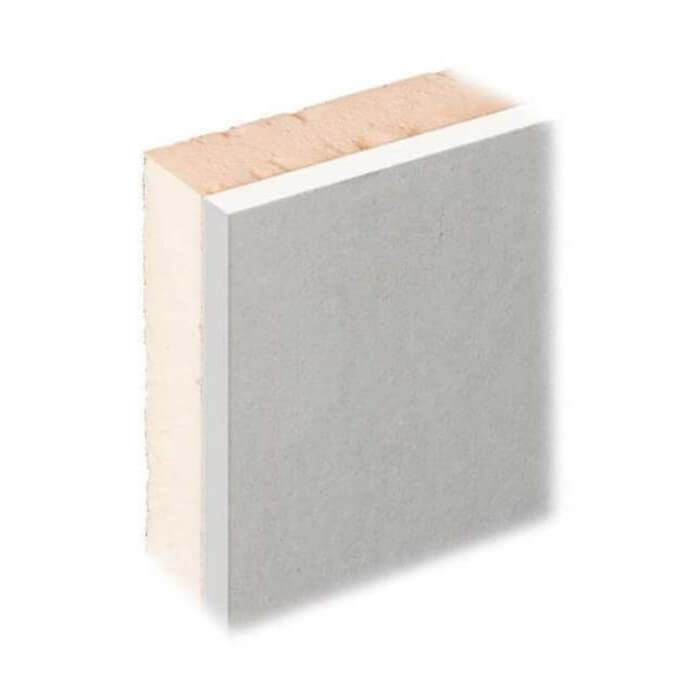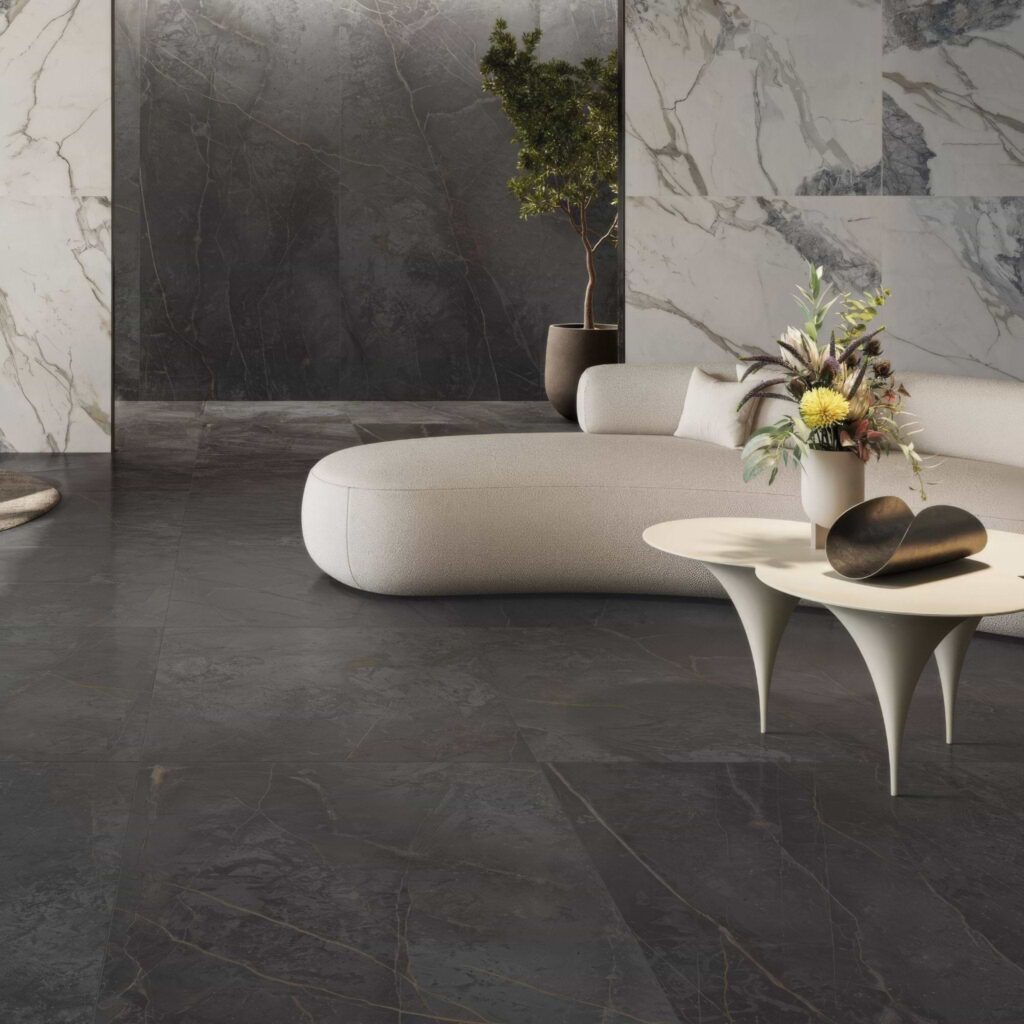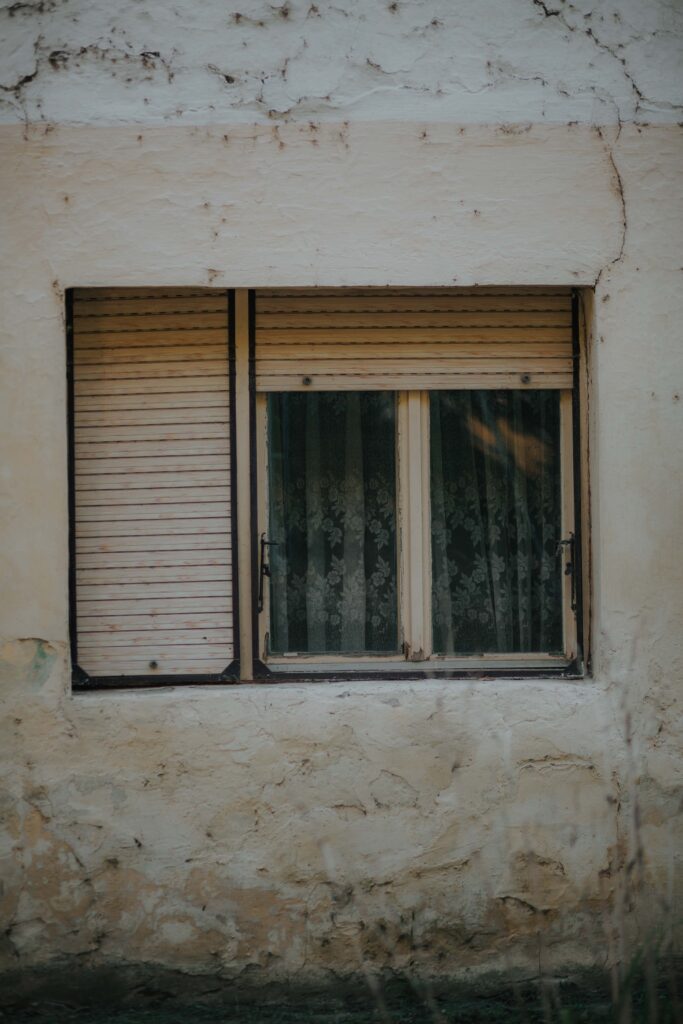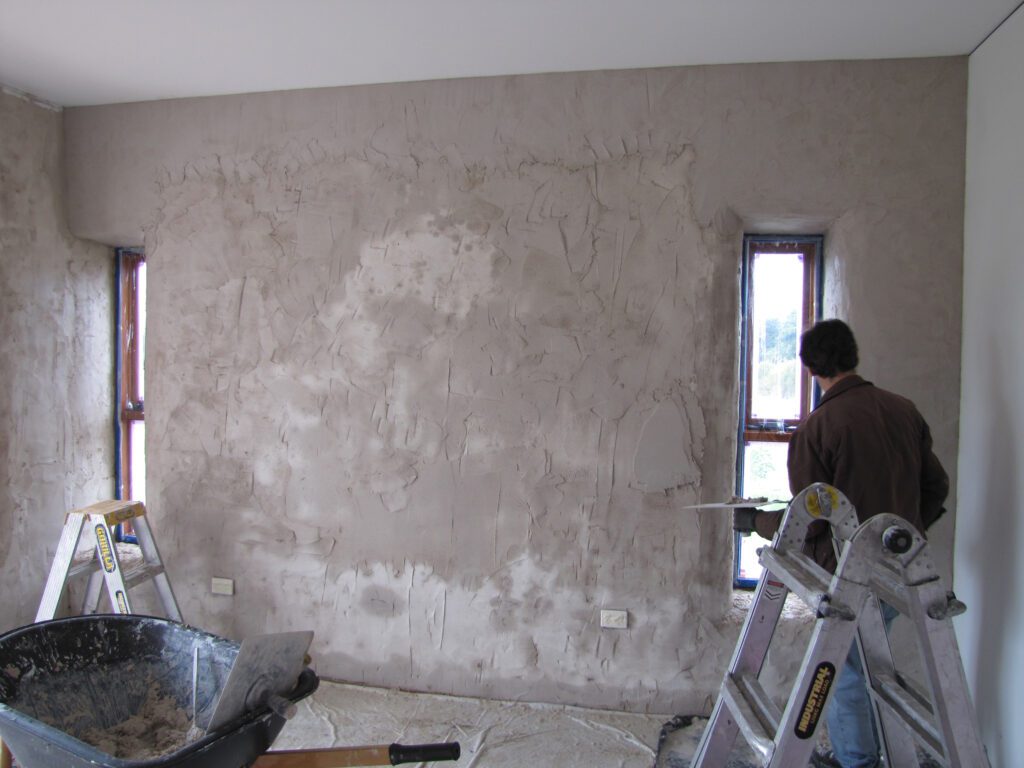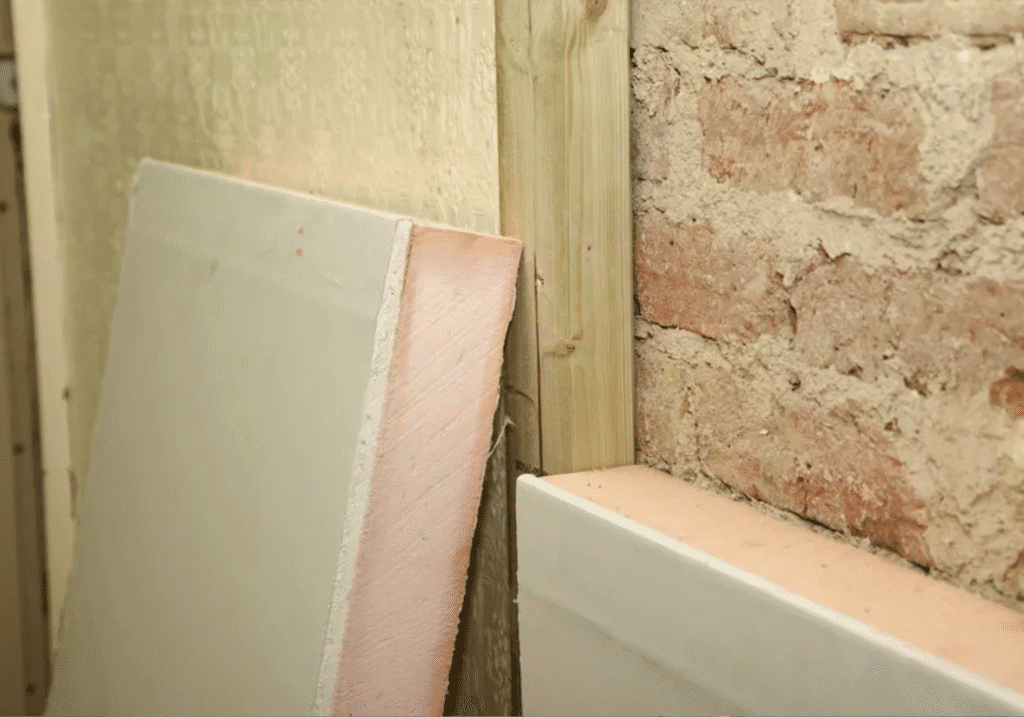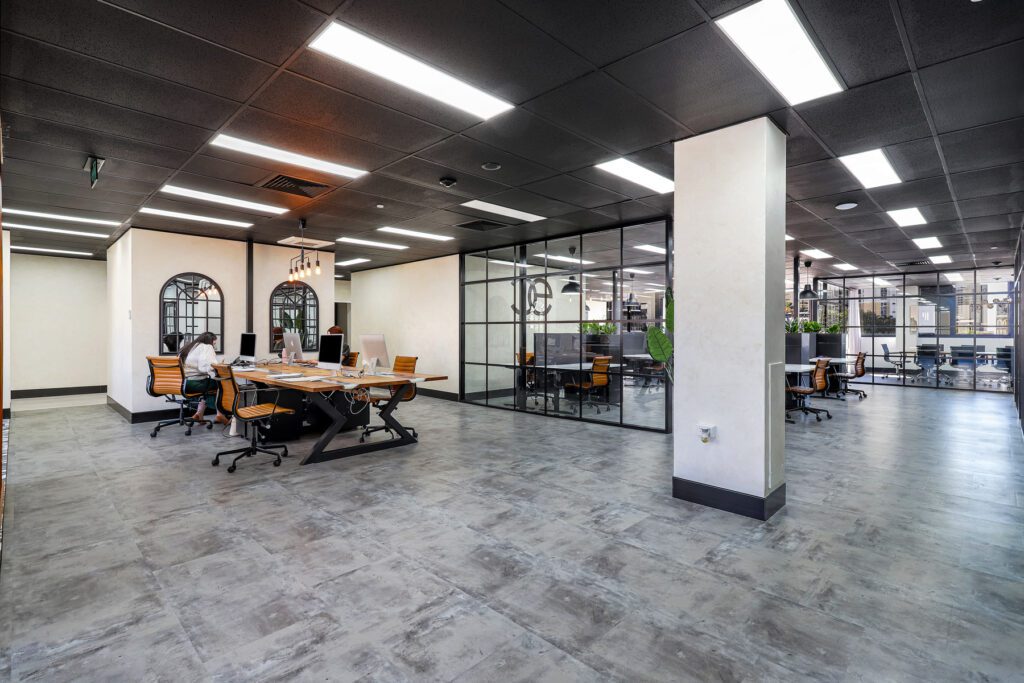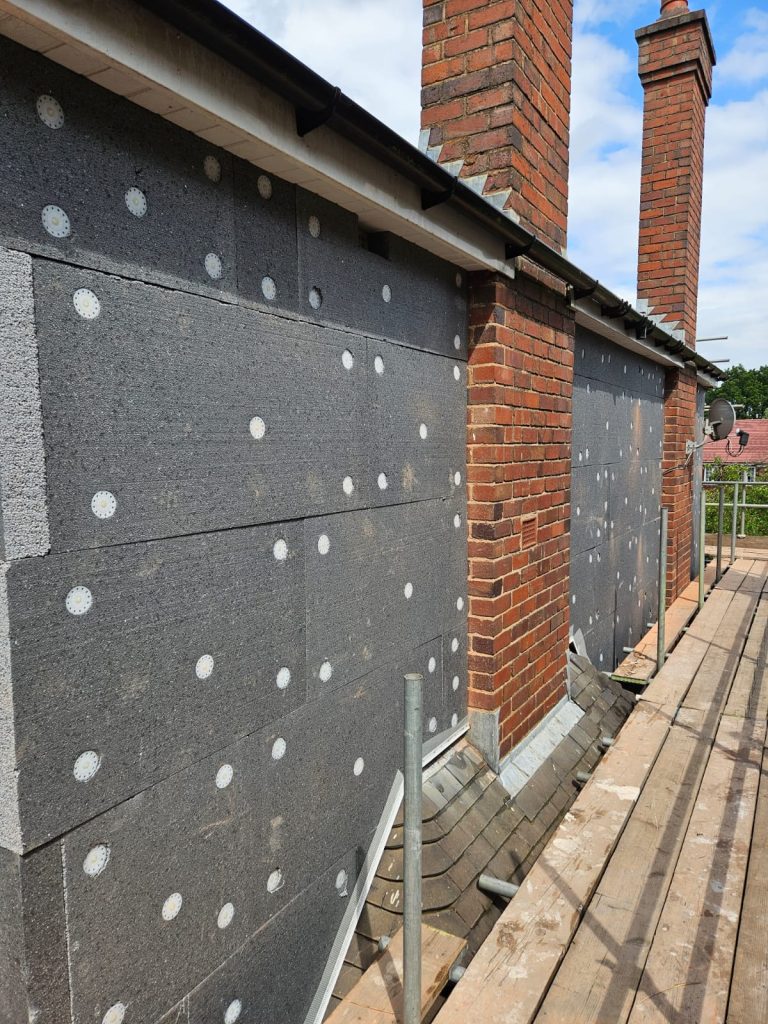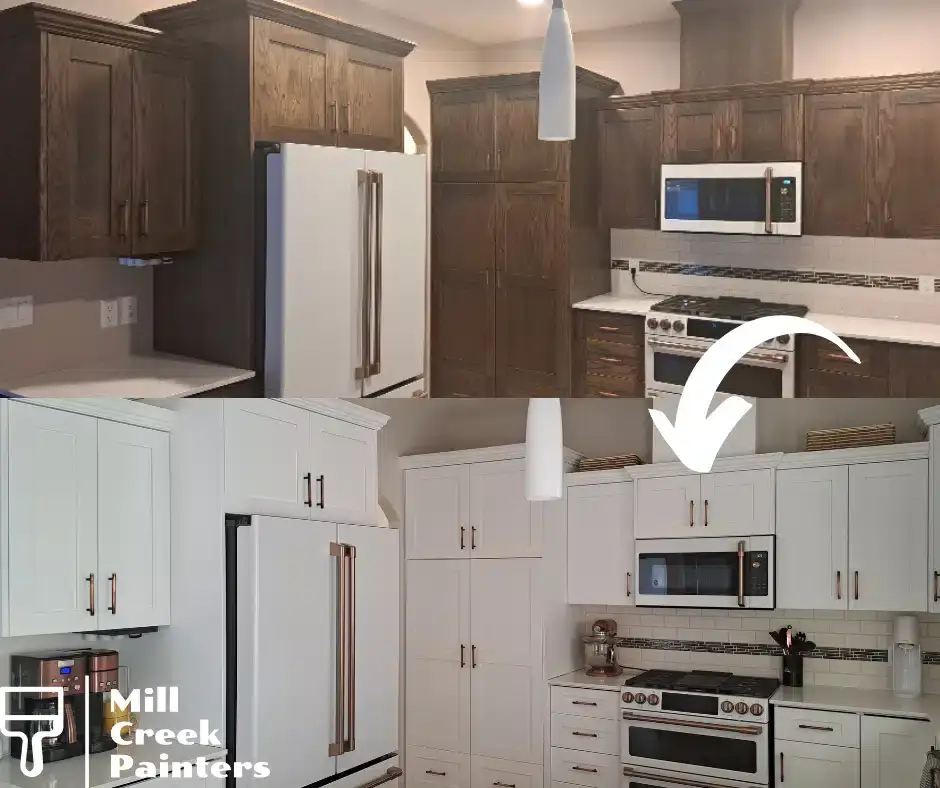Insulating Plaster: The Ultimate Guide to Warmer, Energy-Efficient Homes
Transform your home’s comfort with insulating plaster – the modern solution that’s revolutionising energy efficiency in British homes. Understanding Insulating Plaster: A Modern Solution for Energy Efficiency In today’s climate of soaring energy costs and growing environmental awareness, insulating plaster has emerged as a game-changing solution for UK homeowners. This innovative material combines traditional plastering techniques with advanced thermal properties, offering a practical way to enhance your home’s energy efficiency. Recent studies show that UK households could save up to £350 annually on heating bills through effective wall insulation. Insulating plaster works by incorporating special materials like cork, perlite, or clay into traditional plaster mixtures, creating a barrier that significantly reduces heat loss while maintaining the aesthetic appeal of conventional plastered walls. The Science Behind Insulating Plaster The effectiveness of insulating plaster lies in its unique composition and scientific principles. At its core, insulating plaster utilises materials with low thermal conductivity values, typically ranging from 0.05 to 0.1 W/mK, compared to traditional plaster’s 0.8 W/mK. The primary components include natural or synthetic materials such as cork granules, expanded perlite, or mineral aggregates, combined with lime or clay binders. These materials create millions of microscopic air pockets that trap heat and slow its transfer through walls. The resulting thermal mass helps maintain stable indoor temperatures by absorbing excess heat during warm periods and releasing it when temperatures drop. This scientific approach to wall insulation represents a significant advancement in building technology, offering a sustainable solution for modern energy efficiency challenges. Types of Insulating Plaster and Their Applications Natural Insulating Plasters: Clay-based plasters mixed with straw or hemp, providing excellent humidity regulation and eco-friendly credentials Lime-based Solutions: Traditional lime plasters enhanced with cork or perlite, offering superior breathability and thermal properties Modern Engineered Systems: Products like SprayCork and Diathonite, delivering advanced thermal and acoustic performance Hybrid Solutions: Combinations of natural and synthetic materials, optimised for specific applications and climates Key Benefits of Insulating Plaster The advantages of insulating plaster extend far beyond simple thermal insulation. Modern systems can reduce energy consumption by up to 30%, while simultaneously improving indoor air quality and comfort. These plasters excel at regulating humidity levels, preventing condensation and mould growth – common issues in British homes. The material’s natural breathability allows walls to manage moisture effectively, creating healthier living spaces. Additionally, many variants offer excellent acoustic properties, reducing noise transmission by up to 40 decibels. Perhaps most importantly, insulating plaster can be applied without sacrificing valuable floor space, making it an ideal solution for both period properties and modern homes. Installation and Application Process Surface Preparation: Thorough cleaning and assessment of existing surfaces, removal of old finishes, and repair of any damages Application Methods: Machine spraying or hand trowelling, depending on the product and surface area Layer Requirements: Usually 15-40mm thickness, applied in multiple coats Drying Times: Typically 24-48 hours between coats, with full curing in 7-28 days Professional Skills: Specialist training and experience required for optimal results Best Practices and Common Applications Successful implementation of insulating plaster requires careful consideration of various factors. For interior walls, the focus should be on achieving uniform coverage and proper thickness to maximise thermal benefits. Exterior applications demand additional attention to weatherproofing and durability. In heritage buildings, breathability is crucial to preserve historical fabric, while modern constructions might prioritise thermal performance. Our experience shows that proper preparation and application techniques are essential for achieving the best results, whether working on Victorian terraces in Tunbridge Wells or contemporary developments in Bromley. Cost Considerations and ROI Initial Investment: £25-45 per square metre, depending on system choice and preparation requirements Energy Savings: Potential annual heating cost reduction of 20-30% Property Value: Average increase of 15% in energy efficiency rating Government Schemes: Available grants and incentives through the Green Homes Grant scheme Payback Period: Typically 3-5 years through reduced energy bills Making the Right Choice for Your Property Selecting the appropriate insulating plaster system requires careful evaluation of your property’s specific needs. Factors to consider include the building’s age, construction type, existing insulation, and local climate conditions. For period properties in Kent, we often recommend breathable lime-based systems that complement original building materials. Modern properties might benefit from high-performance engineered solutions. Professional assessment is crucial to determine the most suitable approach, considering factors like wall composition, exposure levels, and internal humidity patterns. Expert Installation and Maintenance Professional installation is crucial for achieving optimal performance from insulating plaster systems. At Kent Plasterers, our certified specialists understand the nuances of different products and application techniques. Regular maintenance is minimal, typically requiring only standard cleaning and occasional checks for damage. Most systems offer excellent durability, lasting 15-20 years or more when properly installed. For best results, we recommend annual inspections to ensure continued performance and address any issues early. Conclusion: Transform Your Home’s Efficiency Insulating plaster represents a significant advancement in home energy efficiency, offering a practical solution for property owners looking to reduce energy costs and improve comfort. With potential savings of up to 30% on heating bills and improved living conditions, it’s an investment worth considering. Contact Kent Plasterers today for a professional consultation and discover how insulating plaster can transform your property’s energy performance while maintaining its character and charm. Sources [1] https://corksoluk.com/help-articles/a-guide-to-plaster-with-thermal-insulation/ [2] https://www.ecologicalbuildingsystems.com/products/insulation-and-materials/plaster-and-screed/insulating-plaster-and-screed [3] https://www.perlite.org/perlite-cement-based-lightweight-insulating-plasters/
Insulating Plaster: The Ultimate Guide to Warmer, Energy-Efficient Homes Read More »

